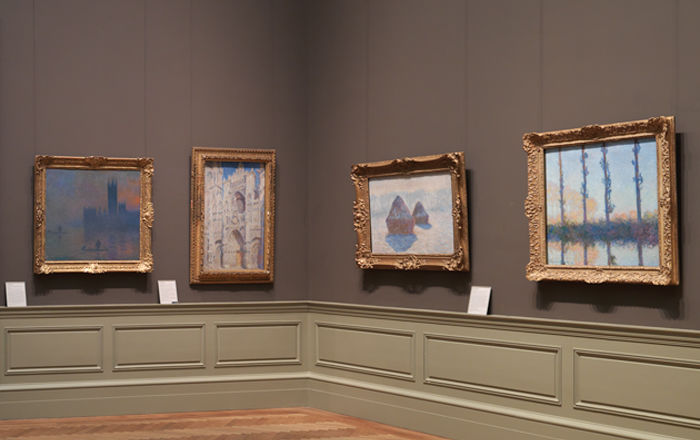The Grotto of Posillipo, Naples
Gustaf Söderberg Swedish
The Grotto of Posillipo is actually a nearly half-mile-long tunnel that was cut through the rocky promontory separating Naples from the town of Posillipo in the first century. It became an icon of the Grand Tour in the eighteenth century, in part because of its proximity to Virgil’s Tomb, which is situated above it.
Söderberg was the first Swedish painter to take up plein-air painting, which he learned from the French landscapist Achille-Etna Michallon. He made this study during their journey to southern Italy and Sicily in 1820; in a letter dated April 8, Söderberg mentions that he had visited the Grotto that morning.
Due to rights restrictions, this image cannot be enlarged, viewed at full screen, or downloaded.

